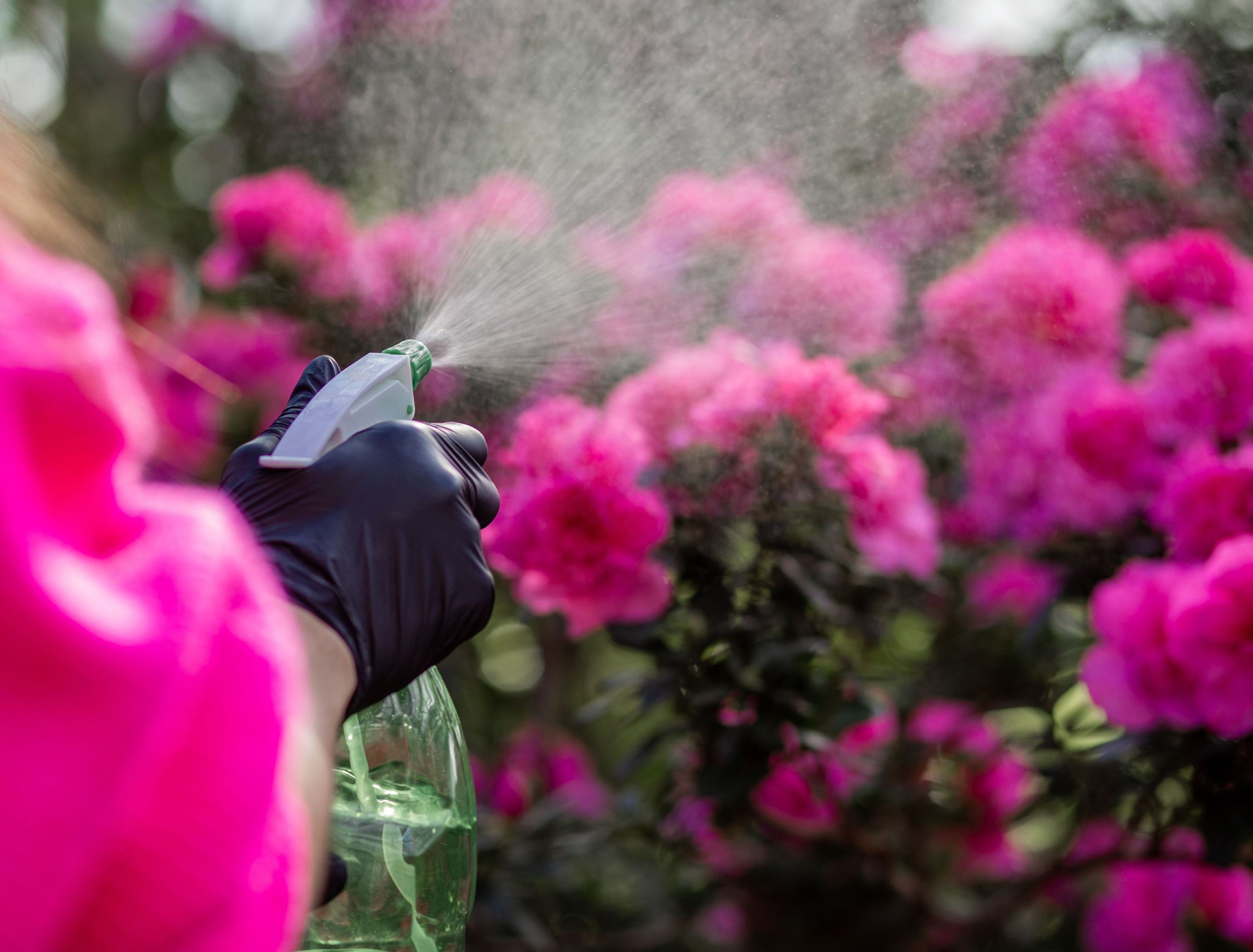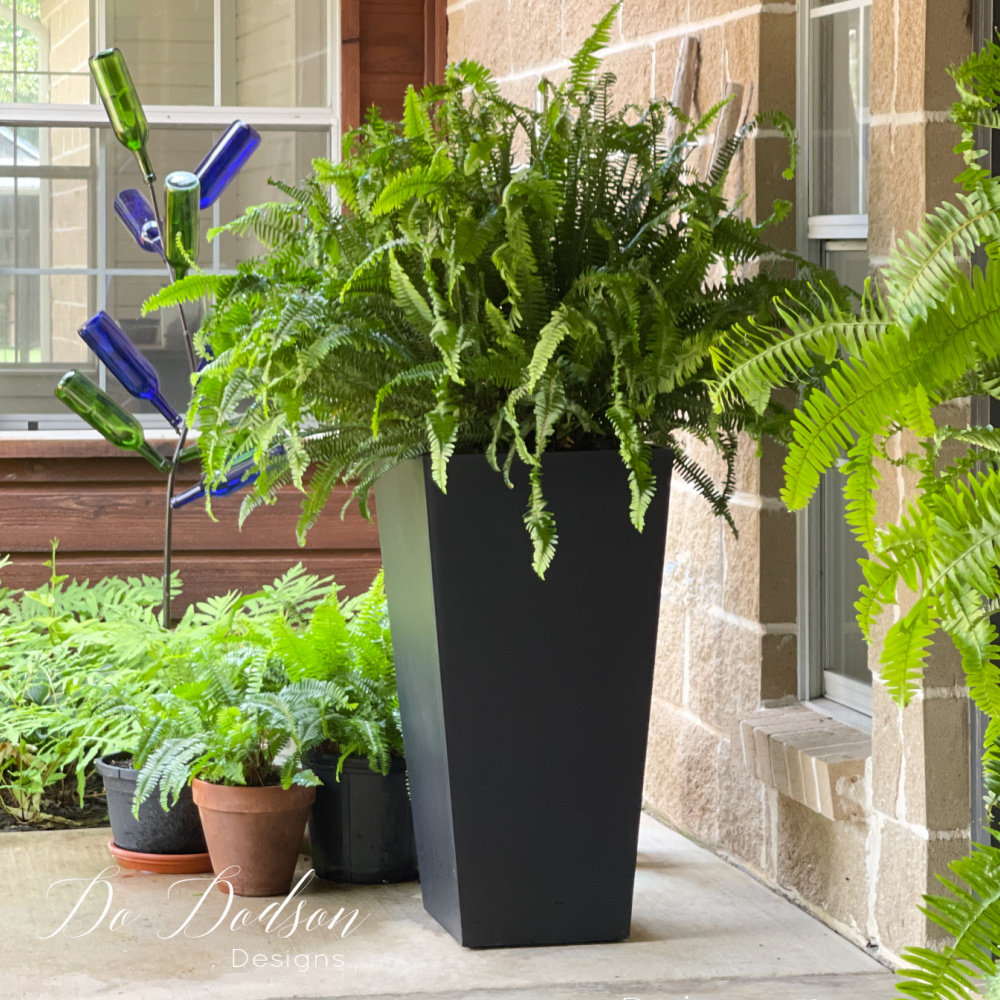Epsom Salt in Horticulture: What Plants Don't Like Epsom Salt and Just How to Adjust
Epsom Salt in Horticulture: What Plants Don't Like Epsom Salt and Just How to Adjust
Blog Article
Discover the Details Plants That Are Detrimentally Influenced by Epsom Salt Application
Epsom salt, a popular family solution for various horticulture issues, is frequently commended for its beneficial impacts on plant growth. Nonetheless, not all plants react positively to its application. Comprehending the particular plants that can be detrimentally impacted by Epsom salt is vital for any gardener seeking to maximize their plant care routine. Roses, tomatoes, azaleas, rhododendrons, and peppers are just a couple of instances of plants that might not react well to Epsom salt. The factors behind these damaging impacts and exactly how to minimize them are crucial knowledge for maintaining a growing yard.
Roses

Roses, specifically conscious adjustments in their atmosphere, can be negatively impacted by the application of Epsom salt. While Epsom salt is generally made use of as a plant food to advertise plant growth and boost blooming, roses are just one of the plants that do not respond well to its application. The high magnesium web content in Epsom salt can disrupt the uptake of other crucial nutrients by the rose plants, causing deficiencies that show up as yellowing leaves or stunted development.

Tomatoes
While Epsom salt is usually proclaimed as a solution for different plant problems, including bloom end rot in tomatoes, its application can lead to destructive results if not used carefully. Extreme Epsom salt, which is magnesium sulfate, can interrupt the fragile nutrient balance required by tomatoes, possibly leading to shortages in various other vital nutrients like calcium. When taking into consideration the usage of Epsom salt on tomatoes, it is important to adhere to advised application rates and dirt screening to avoid unintended consequences on the total health and productivity of these precious garden plants.
Peppers
Peppers, prized for their various colors and levels of spiciness, can demonstrate vulnerability to negative impacts from Epsom salt when not applied with treatment and factor to consider for their details dietary demands. what plants don't like epsom salt. Peppers, coming from the Solanaceae family, call for a fragile balance of nutrients to flourish. While Epsom salt is understood to boost magnesium levels in plants, too much application can interrupt this stability, bring about negative results on pepper plants
When peppers are exposed to high levels of magnesium from Epsom salt, it can interfere with the plant's ability to soak up other necessary nutrients like calcium and potassium. This imbalance may manifest in signs and symptoms such as fallen leave discoloration, stunted development, and lowered fruit production. In addition, the too much magnesium can change the dirt pH, more exacerbating nutrient uptake issues for peppers.

Rhododendrons
Provided the sensitivity of specific plant varieties to inequalities brought on by Epsom salt, it is vital to consider the influence on Rhododendrons, which additionally need details nutrient levels to flourish. Rhododendrons are acid-loving plants that prefer acidic soil problems with a pH range between 4.5 and 6.0. Epsom salt, chemically called magnesium sulfate, can change the soil pH and disrupt the delicate balance of nutrients necessary for Rhododendron health and wellness.

To preserve the ideal development and wellness of Rhododendrons, it is crucial to prevent the indiscriminate usage of Epsom salt and instead concentrate on offering the details acidic dirt conditions and nutrients that these plants require for growing.
Azaleas
These popular flowering plants are usually located in gardens, parks, and landscapes due to their elegance and convenience. While Epsom salt is frequently made use of as a remedy for magnesium deficiency in plants, its application to azaleas can have damaging impacts.
When Epsom salt is put on azaleas, it can modify the dirt pH, making it a lot more acidic. Azaleas choose slightly acidic dirt problems, and an extra of magnesium from Epsom salt can disrupt this equilibrium, resulting in nutrient discrepancies and potential poisoning problems. The inaccurate application of Epsom salt can result in stunted growth, yellowing of leaves, and general decrease in the health and wellness of azaleas. It is vital to be mindful when considering the use of Epsom salt on azaleas to stop any type of unfavorable consequences on these fragile ornamental hedges.
Conclusion
In final thought, it is essential to be knowledgeable about the specific plants that can be adversely influenced by the application of Epsom salt. Roses, tomatoes, rhododendrons, azaleas, and peppers are some instances of plants that might not gain from Epsom salt and might also suffer harm. It is crucial to research and recognize the requirements of each plant species prior to making use of Epsom salt as a plant food to ensure their wellness and well-being.
Comprehending the particular plants that can be negatively influenced by Epsom salt is critical for any kind of garden Recommended Site enthusiast looking to maximize their plant treatment routine. While Epsom salt is generally made use of as a plant food to promote plant growth and boost flowering, roses are one of the plants that do not respond well to its application.Too much use of Epsom salt can likewise result in an accumulation of salts in the dirt, leading to root damage and dehydration of the rose plants. While Epsom salt is known to boost official website magnesium degrees in plants, excessive application can disrupt this stability, leading to adverse impacts on pepper plants.
The high salt content in Epsom salt can likewise dry out Rhododendron origins, creating more anxiety and damage to the plant. (what plants don't like epsom salt)
Report this page